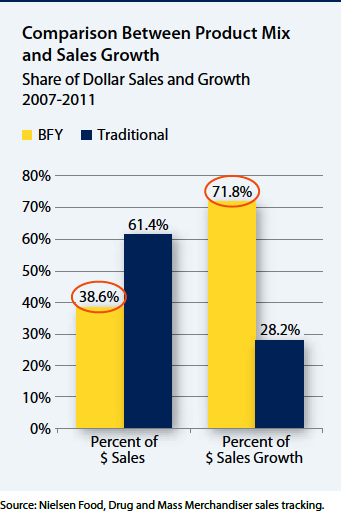My monthly (first Sunday) Food Matters column in the San Francisco Chronicle:
Q: What’s going on with the farm bill? Any chance for improving it?
A: I wish your question had an easier answer. The farm bill has to be American special-interest politics at its worst.
As Stacy Finz has been reporting in the main news and Business sections of The Chronicle, the failure of the recent super-deficit reduction plan also brought an end to a secret committee process for writing a new farm bill. Now Congress must follow its usual legislative procedures. The farm bill is again open for debate.
Advocacy is much in order. The farm bill is so enormous, covers so many programs, costs so much money and is so deeply irrational that no one brain – certainly not mine – can make sense of the whole thing.
It is all trees, no forest. The current bill, passed in 2008, is 663 pages of mind-numbing details about programs – hundreds of them – each with its own constituency and lobbyists.
The farm bill was designed originally to protect farmers against weather and other risks. But it grew piecemeal to include programs dealing with matters such as conservation, forestry, biofuels, organic production and international food aid.
The most controversial programs cover food commodities – corn, soybeans, wheat, rice, cotton, sugar and dairy – but lesser-known provisions support smaller industries such as honey or Hass avocados.
The elephant in the farm bill is SNAP, the Supplemental Nutrition Assistance Program (formerly food stamps). Fully 80 percent or more of farm bill expenditures go for SNAP.
This year, SNAP costs ran about $6 billion a month, and they are rising in today’s depressed economy. In contrast, commodity subsidies cost “only” about $8 billion a year. Crop insurance adds $4.5 billion, and conservation about $5 billion. Everything else runs in the millions, not billions, mere nothings in comparison to SNAP’s $70 billion 2011 expenditures.
SNAP judgements
What, you might ask, is SNAP doing in the farm bill? Think: logrolling.
Members of Congress who represent farm states need urban votes to pass subsidies. Urban members need farm votes to protect SNAP. This deal works, and both sides like the unsavory system just as it is.
As for irrationality: At a time when preventing obesity heads the public health agenda and reducing greenhouse gases is an international priority, the farm bill firmly protects the status quo.
It promotes production of commodities, but does little to link agricultural policy to policies that promote health or environmental protection. Although the Dietary Guidelines and MyPlate strongly promote consumption of fruits and vegetables, the farm bill inconsistently considers these foods as horticulture or specialty crops that do not merit subsidies or government-supported insurance. Indeed, many farm bill provisions discourage production of fruits and vegetables.
Overall, the farm bill must be seen as an inequitable means to protect the income of the largest and richest industrial producers of food commodities. It has little to do with serious efforts to protect conservation of natural resources, support rural communities or promote sustainable farming practices that maintain soil quality and mitigate climate change. Nor does it address the real needs of low-income communities.
The current bill favors large farms over small ones, intensive rather than sustainable production methods, and some states and regions over others. It actively promotes risk-taking; the government covers the costs.
It ignores food safety. It promotes production of inefficient biofuels. It does nothing to promote sustainable farming practices in this or any other country. And because it rewards farmers for overproducing commodities, it gets the United States in trouble with international trading partners.
Worst of all, the bill is inherently undemocratic. It is so opaque that nobody in Congress or anywhere else can possibly grasp its entirety. Its size and complexity make it especially vulnerable to influence by lobbyists for special interests and by the corporations most generous with campaign contributions.
Pro and con arguments
Its defenders argue that the present system works pretty well in ensuring productivity, global competitiveness and food security. Tinkering with it, they claim, will not make much difference and could do harm.
I disagree. It needs more than tinkering. Americans need farm policy to be brought into line with health and climate-change policy, and now is our chance.
Those of us who believe that food systems should be healthier for people and the planet have been handed an opportunity to rethink farm bill programs and to make the processes for its development more democratic.
Groups such as the Environmental Working Group ( www.ewg.org) and National Sustainable Agriculture Coalition (sustainableagriculture.net) have been hard at work on these issues. Join them, speak up, and get busy.
This article appeared on page G – 4 of the San Francisco Chronicle



